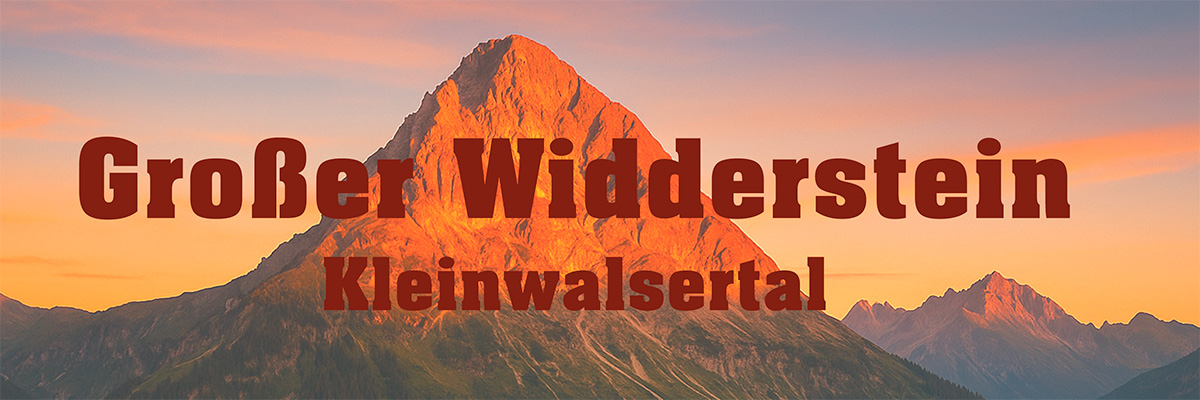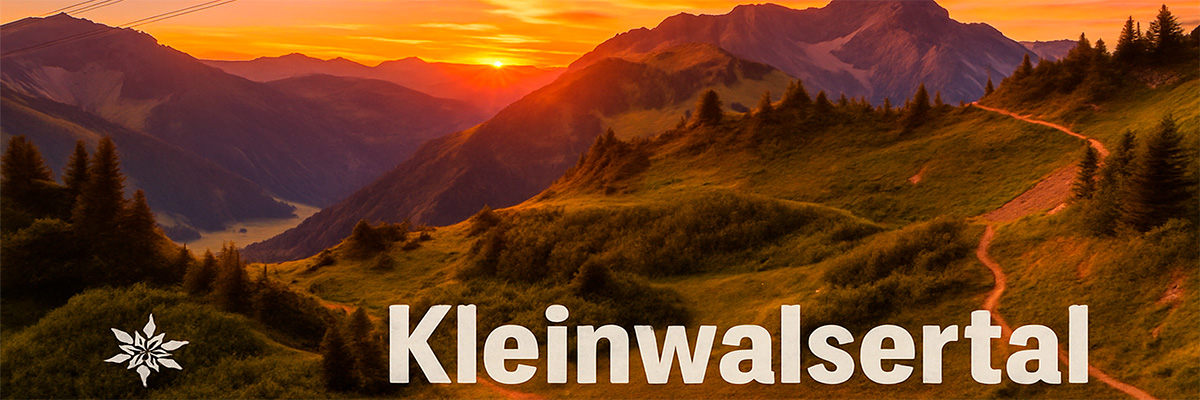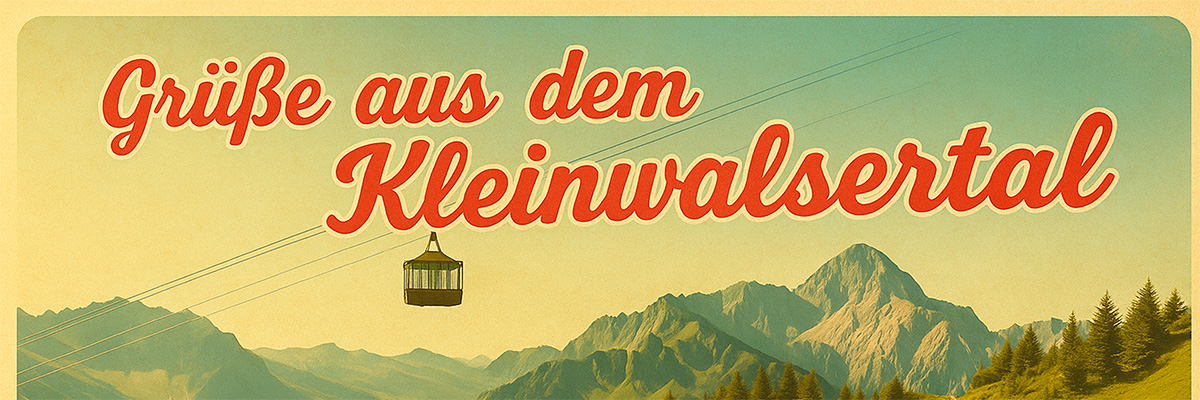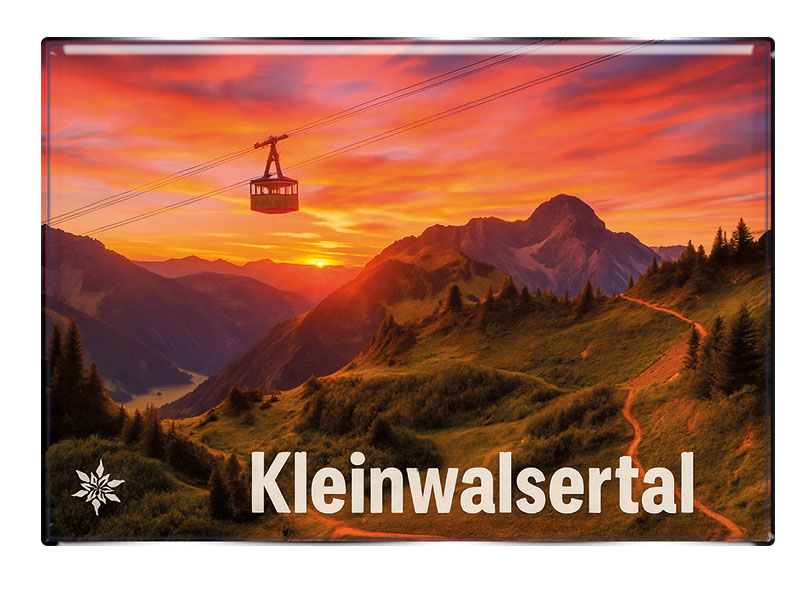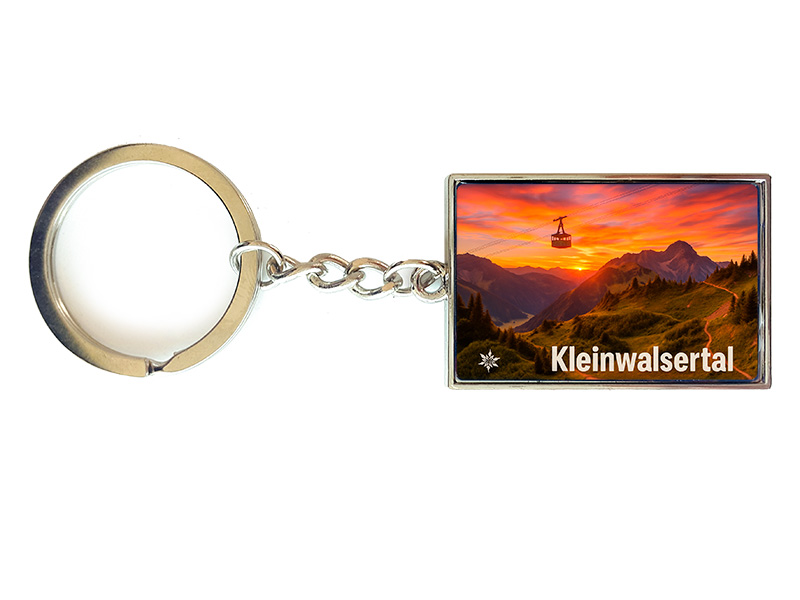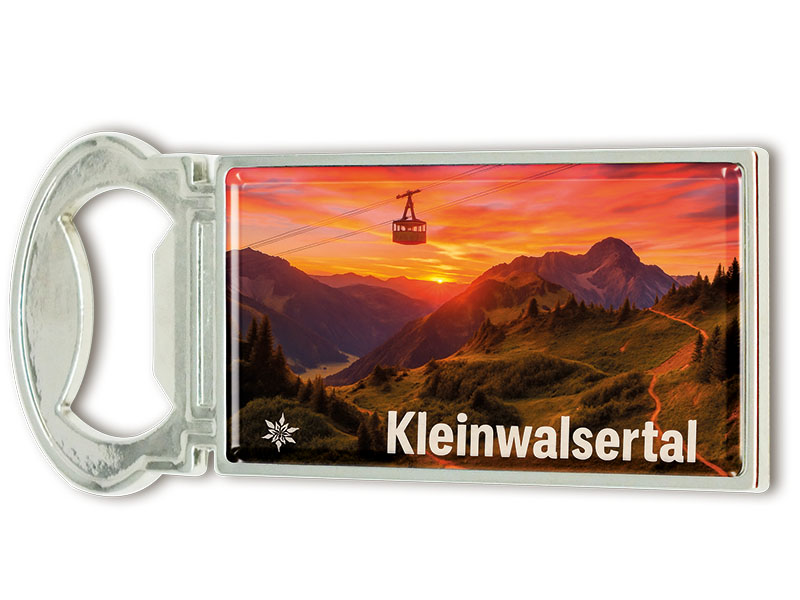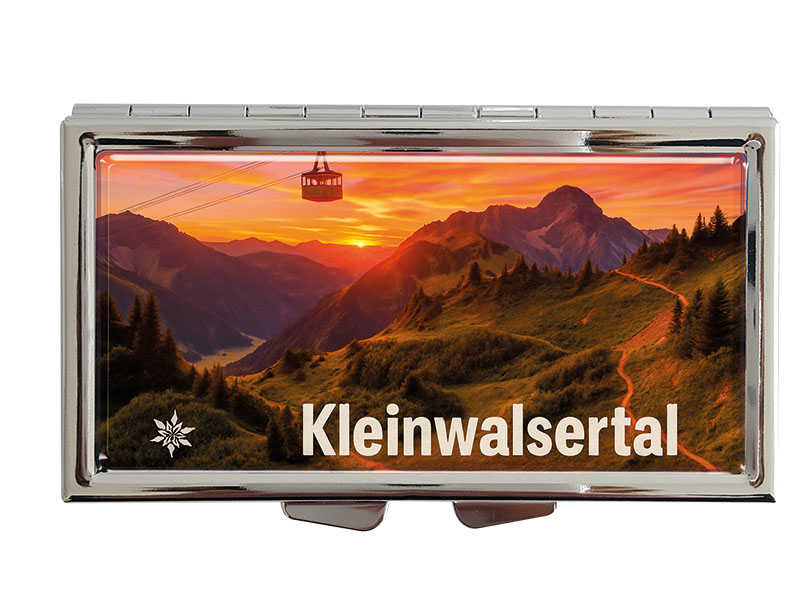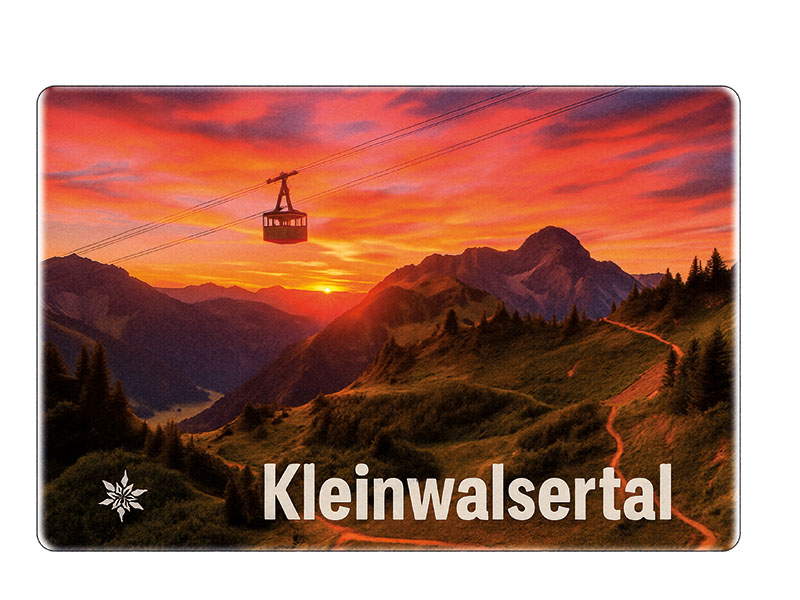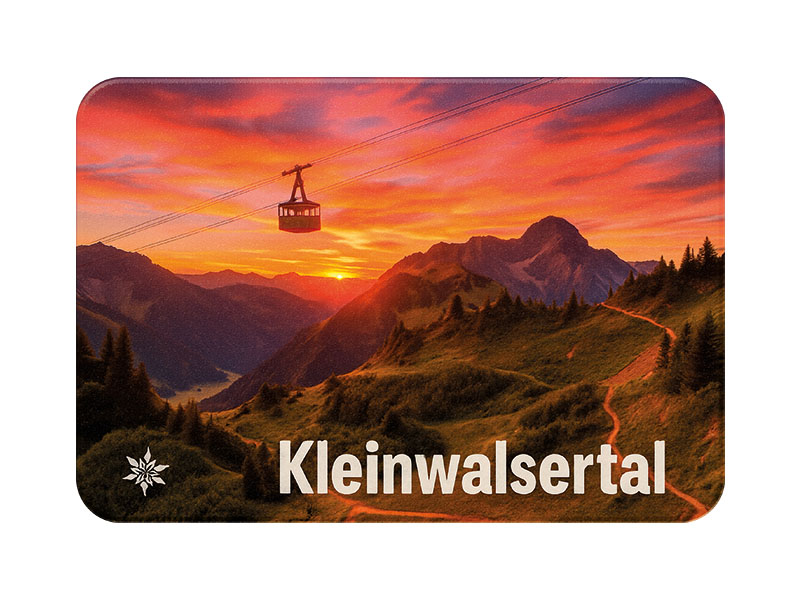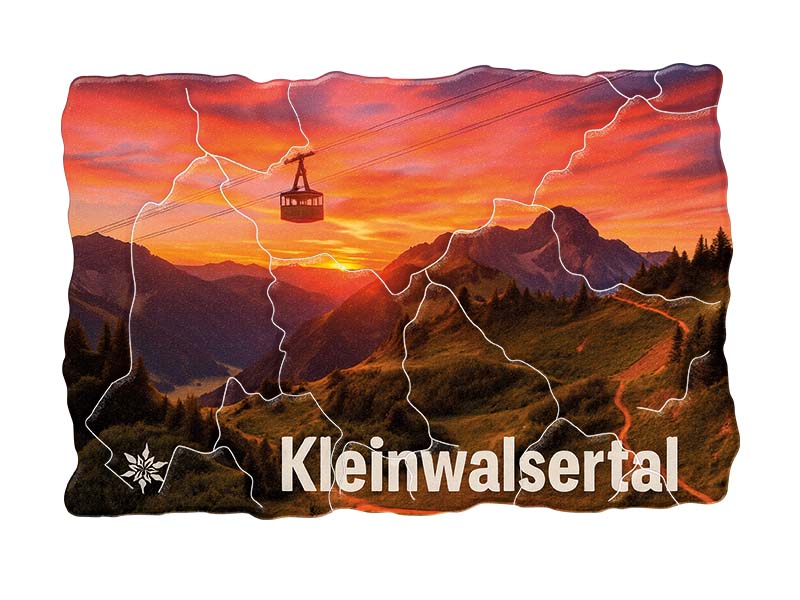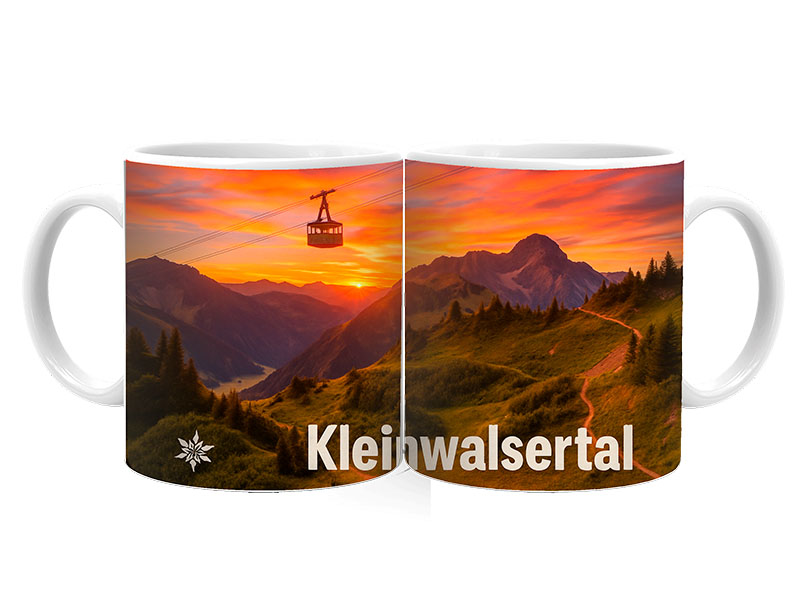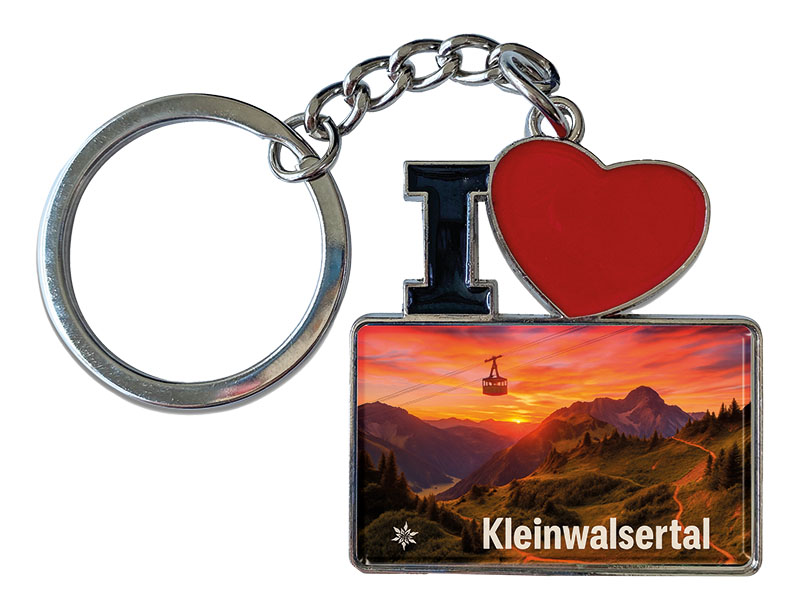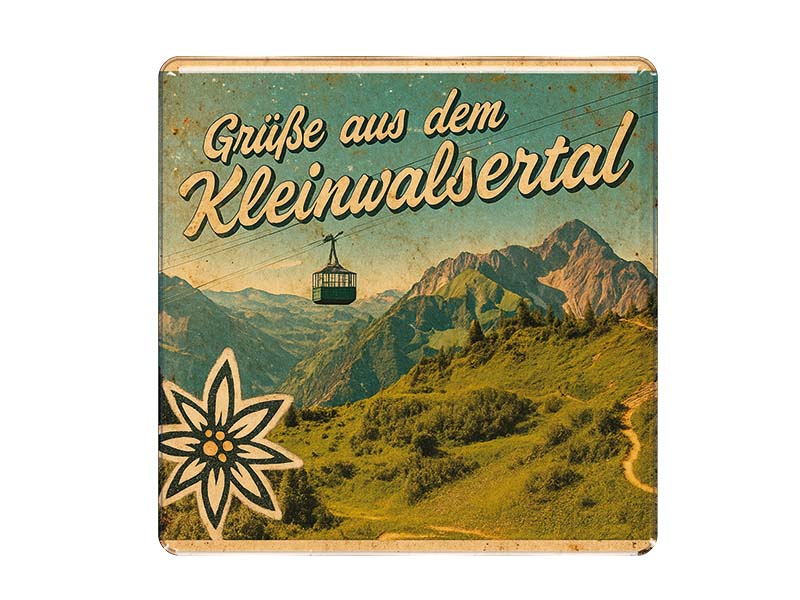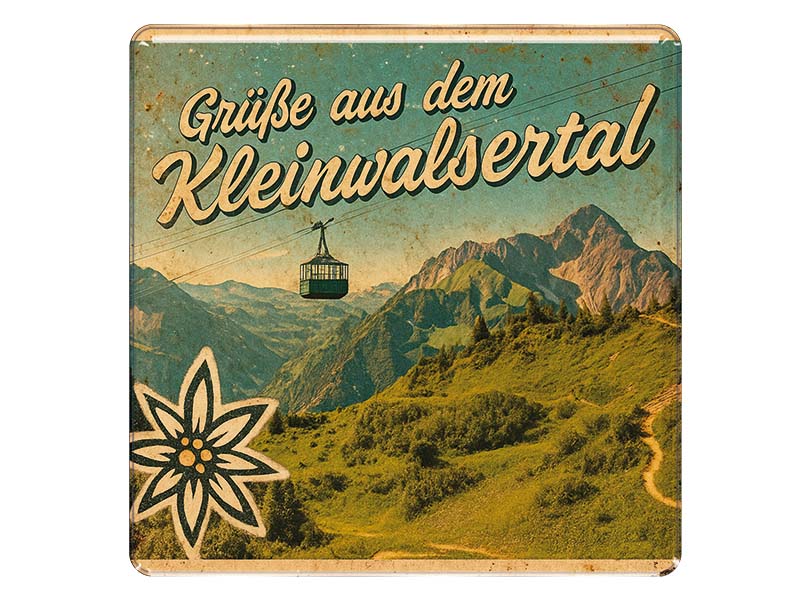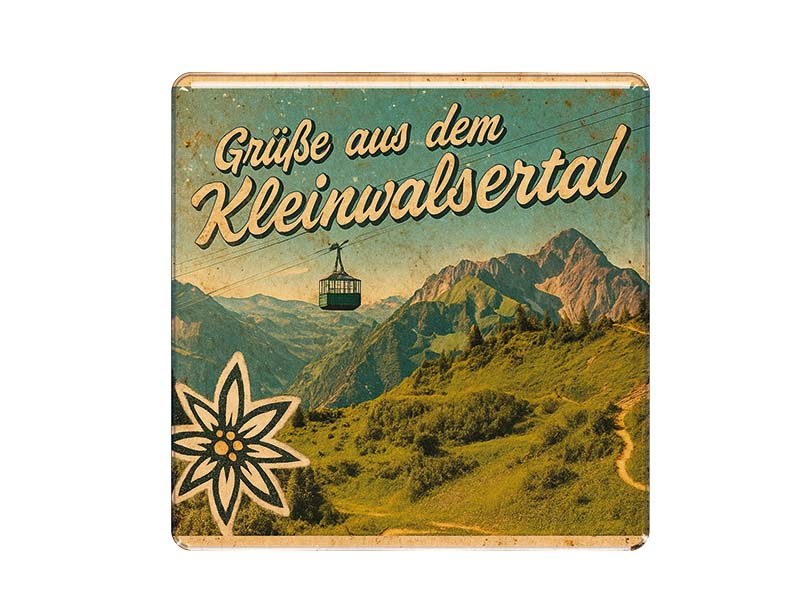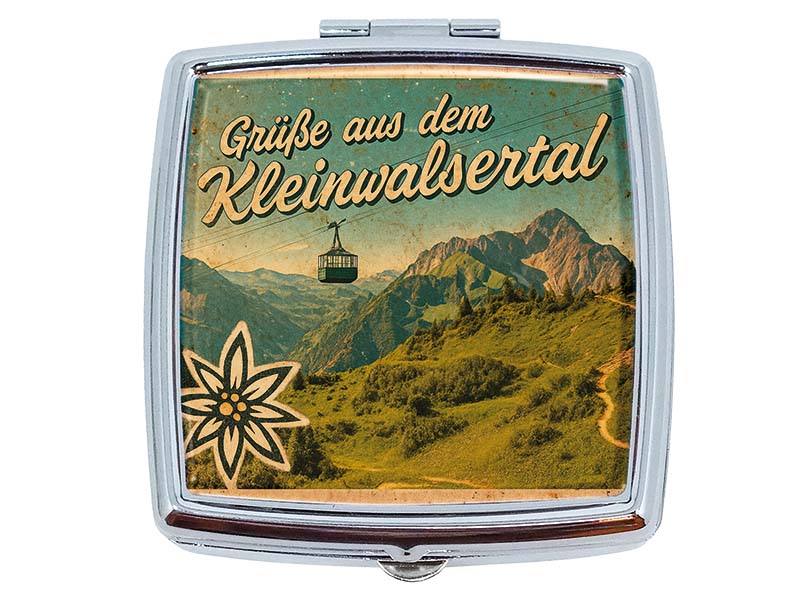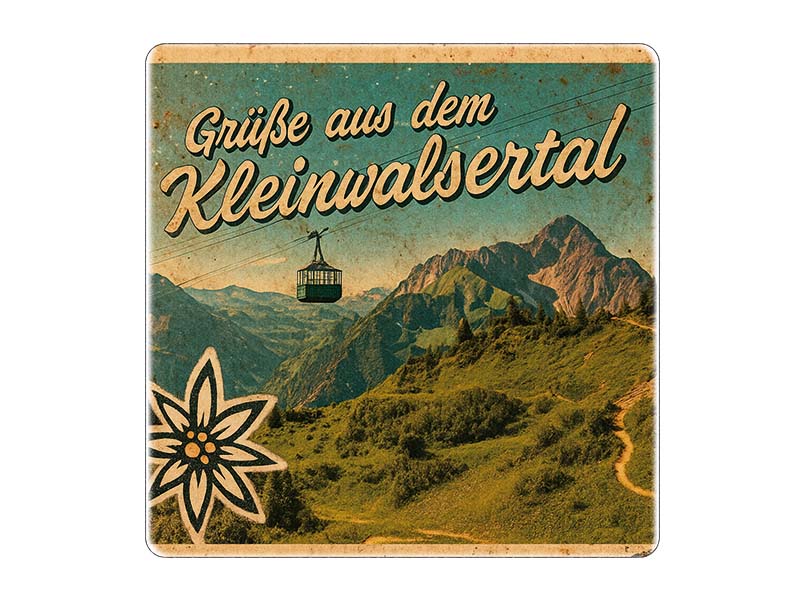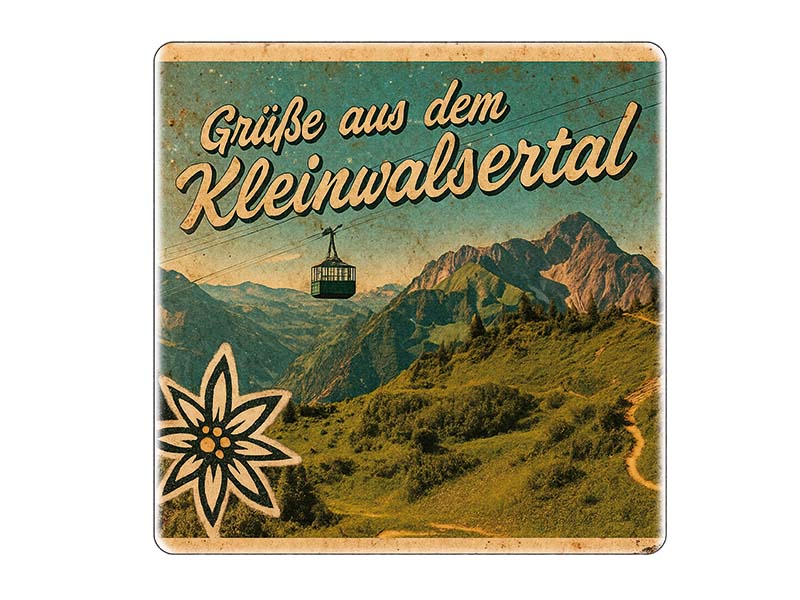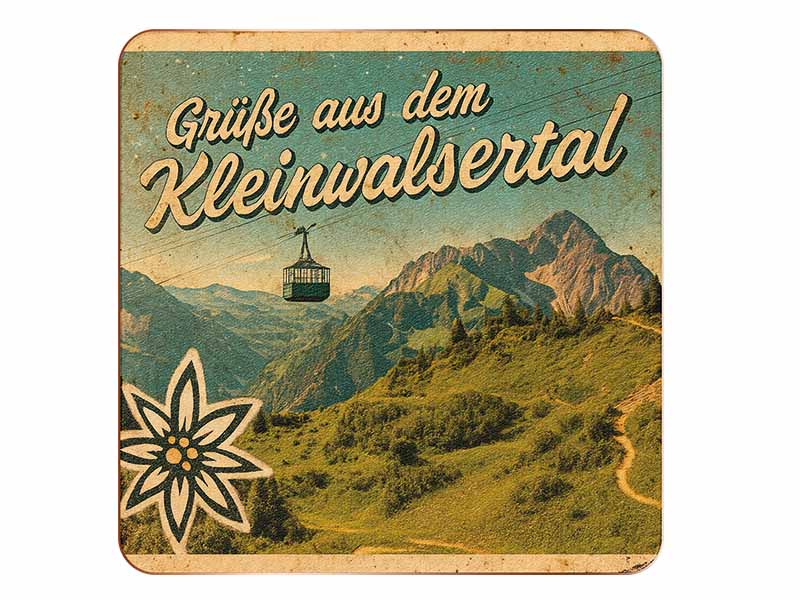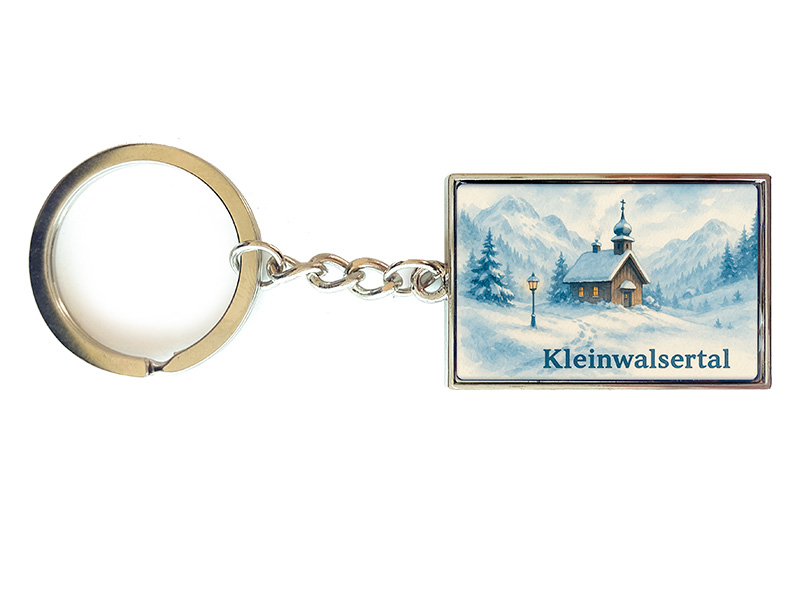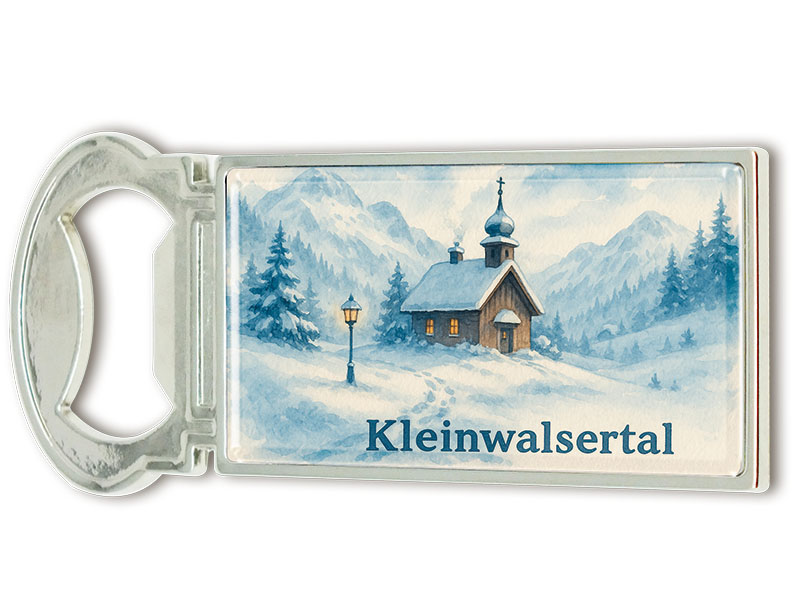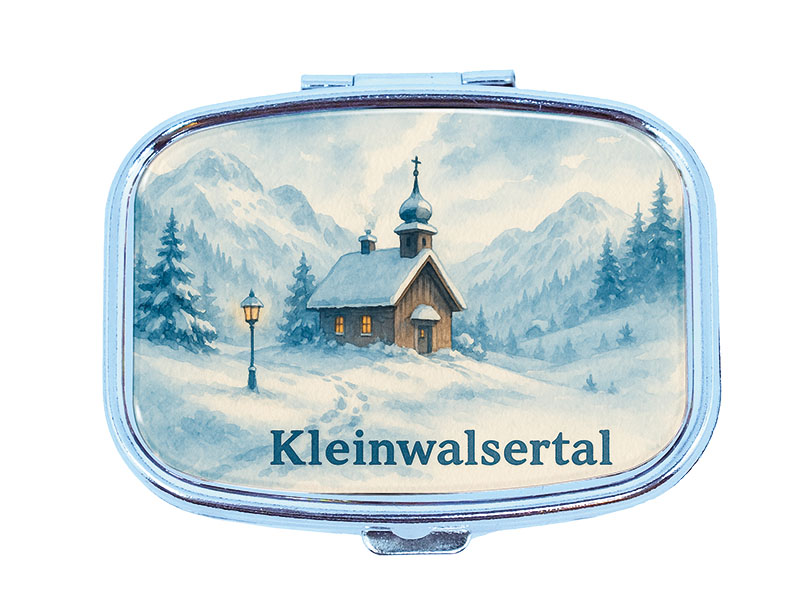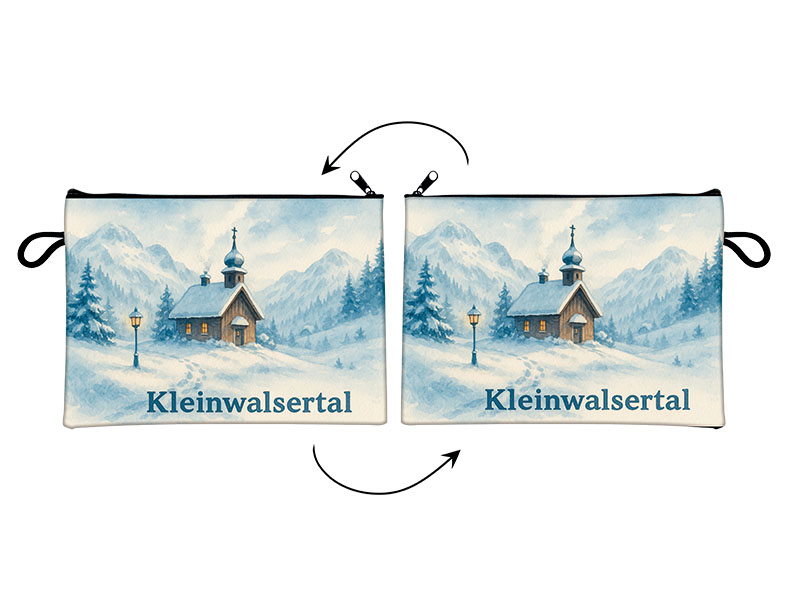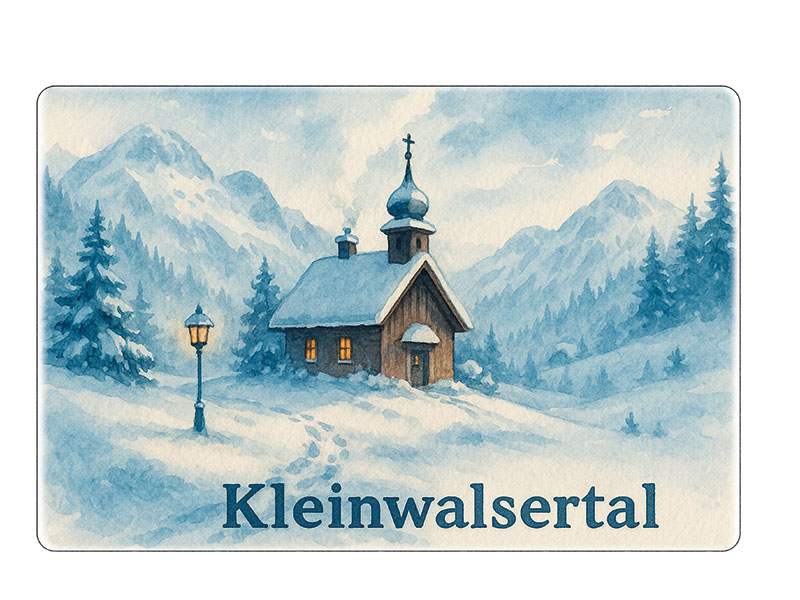- Vehicles
- Figures
- Witches
- Carnival
- Canvas
- Magnets
- Materials
- Maritime
- Hats
- New products
- Personalize
- Plush
- Dolls
- Collectible figures
- Keychain
- Special production
- %Special offers%
- Money boxes
-
Cities - Regions
- Bad Säckingen
- Bamberg
- Bayerischer Wald
- Berchtesgaden
- Berlin
- Bodensee
- Bremen
- Brocken
- Chiemsee
- Cochem
- Dinkelsbühl
- Dresden
- Eibsee
- Frankfurt
- Freiburg
- Gardasee
- Garmisch-Partenkirchen
- Hamburg
- Harz
- Heidelberg
- Helgoland
- Insel Mainau
-
Kleinwalsertal
- Koblenz
- Köln
- Königssee
- Leipzig
- Lübeck
- Mecklenburgische Seenplatte
- München
- Nürnberg
- Oberammergau
- Passau
- Potsdam
- Quedlinburg
- Regensburg
- Rothenburg
- Rügen
- Schwarzwald
- Stuttgart
- Sylt
- Titisee
- Traunsee
- Triberg
- Ulm
- Wernigerode
- Bags/Backpacks
- Textile
- Animal
- Subjects
More information? sign in.
More information? sign in.
More information? sign in.
More information? sign in.
More information? sign in.
More information? sign in.
More information? sign in.
More information? sign in.
More information? sign in.
More information? sign in.
More information? sign in.
More information? sign in.
More information? sign in.
More information? sign in.
More information? sign in.
More information? sign in.
More information? sign in.
More information? sign in.
More information? sign in.
More information? sign in.
More information? sign in.
More information? sign in.
More information? sign in.
More information? sign in.
Kleinwalsertal – A Unique Alpine Valley Full of History and Charm
Geographical Location and Special Features
Kleinwalsertal is a picturesque high mountain valley located in the Austrian Alps, specifically in the westernmost federal state of Vorarlberg. It belongs to the municipality of Mittelberg and stretches approximately 15 kilometers from north to south. What makes its location truly unique is the fact that the valley can only be reached by road through Germany, specifically via Oberstdorf in Bavaria, although it politically belongs to Austria.
Due to this geographic peculiarity, Kleinwalsertal historically held a special economic and customs status: until 1995, it was part of the German customs territory, even though it was Austrian territory. Today, the area still benefits from close economic and tourism ties with Germany, supported by special cross-border agreements.
The valley is surrounded by the majestic Allgäu Alps, with impressive peaks such as the Großer Widderstein (2533 m), the Hoher Ifen (2230 m), and the Walmendingerhorn (1990 m), all of which are popular destinations for hikers, climbers, and winter sports enthusiasts.
History and Origins
The history of Kleinwalsertal is closely tied to the Walsers, an Alemannic people who migrated from the Swiss canton of Valais in the 13th century. Around the year 1270, the valley was first permanently settled by these mountain pioneers. The name “Walsertal” literally means “Walser Valley,” a nod to the settlers' origins.
The Walser people were known for their independent spirit and resilience in harsh alpine conditions. Their cultural influence is still very much present today, especially in local architecture, dialect, customs, and festivals.
For centuries, the valley remained relatively isolated. It wasn't until the late 19th century, with the construction of a road to Oberstdorf, that economic development—especially tourism—began to flourish.
Population and Structure
Today, about 5,000 people live in Kleinwalsertal, spread across the main villages of Mittelberg, Hirschegg, and Riezlern. The local economy is heavily reliant on tourism, with many residents working in hospitality, agriculture, and tourism-related services.
Despite its small population, the valley is well-equipped with modern infrastructure, including schools, healthcare facilities, a community center, sports arenas, and excellent public transport options within the valley.
Tourism and Annual Visitors
Tourism is the primary economic driver of Kleinwalsertal. The valley records around 1.2 million overnight stays annually, with approximately 70% of visitors coming from Germany.
Kleinwalsertal is popular in both summer and winter:
-
In summer, over 150 kilometers of hiking trails, via ferratas (climbing paths), and mountain biking routes draw outdoor enthusiasts.
-
In winter, the Kleinwalsertal-Oberstdorf ski region offers more than 130 kilometers of groomed slopes, cross-country ski trails, snowshoe routes, and modern ski lifts.
The valley has embraced sustainable tourism, with many family-run hotels and guesthouses focusing on local products, energy efficiency, and environmental stewardship.
Main Attractions and Activities
In addition to the breathtaking alpine scenery, Kleinwalsertal offers numerous attractions and recreational options:
-
Walmendingerhorn Cable Car: A scenic ride to nearly 2000 meters, offering panoramic views of the surrounding mountains.
-
Breitachklamm: One of the deepest rocky gorges in Central Europe, located just outside the valley near Oberstdorf.
-
Walser Museum in Riezlern: Showcases the history and culture of the Walser settlers through traditional artifacts and immersive exhibits.
-
Ifen Plateau: A striking karst plateau, popular with hikers and photographers for its unique geology.
-
Bergschau 1122: An interactive exhibition about the region’s geology, glaciers, and natural phenomena.
-
Free Summer Lift Pass: Guests staying overnight receive a pass that grants free access to several mountain cable cars during the summer months.
Cultural events such as the Walser Advent Singing, traditional cattle drives (Almabtrieb), and local folk festivals add to the valley’s rich cultural tapestry.
Famous People
While Kleinwalsertal may not be the birthplace of many internationally known figures, it is a popular home or retreat for several well-known personalities:
-
Markus Wasmeier, former Olympic champion and world-class skier from Germany, is a frequent guest in the valley.
-
Michael von Au, a German actor known from stage and television, resides part-time in Kleinwalsertal.
-
Heinrich Harrer, the renowned mountaineer and author of Seven Years in Tibet, spent time in the valley, though he was not born there.
The serene and scenic surroundings attract many artists, athletes, and nature lovers seeking tranquility and inspiration.
Traditional Food and Beverages
Kleinwalsertal’s culinary culture is shaped by hearty alpine traditions, influenced by neighboring Bavaria and Vorarlberg. Signature dishes include:
-
Käsknöpfle (cheese noodles): Homemade spaetzle noodles tossed with strong mountain cheese and topped with crispy onions, usually served with salad.
-
Riebel: A classic breakfast made from corn and wheat semolina, often served with apple sauce or milk.
-
Krautspätzle: Spaetzle mixed with sauerkraut and bacon – a popular comfort food.
-
Game Dishes: Especially in autumn, local restaurants serve venison or wild boar with cranberries and dumplings.
-
Mountain Cheese and Smoked Bacon: Many alpine dairies produce fresh cheeses, often paired with homemade speck.
Popular drinks include:
-
Zirbenschnaps: A traditional schnapps made from the pinecones of the Swiss stone pine (Zirbe).
-
Elderberry Syrup and Juice: Homemade and widely used as a natural sweet drink or dessert ingredient.
-
Local Beers: While Kleinwalsertal doesn’t have its own brewery, local inns serve a variety of craft beers from the Allgäu and Vorarlberg regions.
Typical Souvenirs
For visitors looking to take home a memory of their stay, Kleinwalsertal offers a range of authentic, regionally made souvenirs:
-
Alpine Herbs and Teas: Collected from local meadows and crafted into herbal blends or natural remedies.
-
Mountain Cheese and Speck: Available for purchase at alpine huts or specialty shops.
-
Hand-carved Wooden Figures: Reflecting traditional craftsmanship, often depicting alpine life.
-
Zirbenholz Products: Pinewood pillows, oils, and small furniture made from fragrant Swiss stone pine.
-
Wool and Felt Goods: Handmade slippers, hats, and bags crafted from regional sheep’s wool.
-
Traditional Clothing Accessories: Items such as embroidered blouses, vests, or suspenders made by local tailors.
Conclusion
Kleinwalsertal is a truly exceptional place in the heart of the Alps—geographically unique, historically rich, touristically vibrant, and scenically unmatched. Its combination of alpine authenticity, warm hospitality, and sustainable tourism make it one of the most beloved destinations in the entire Alpine region.
Whether you're seeking an active mountain adventure, a relaxing nature retreat, or a deep dive into local traditions, Kleinwalsertal offers something for everyone. The majestic mountains, deep-rooted Walser culture, and excellent food will ensure a memorable stay—summer or winter, every visit is an experience.

